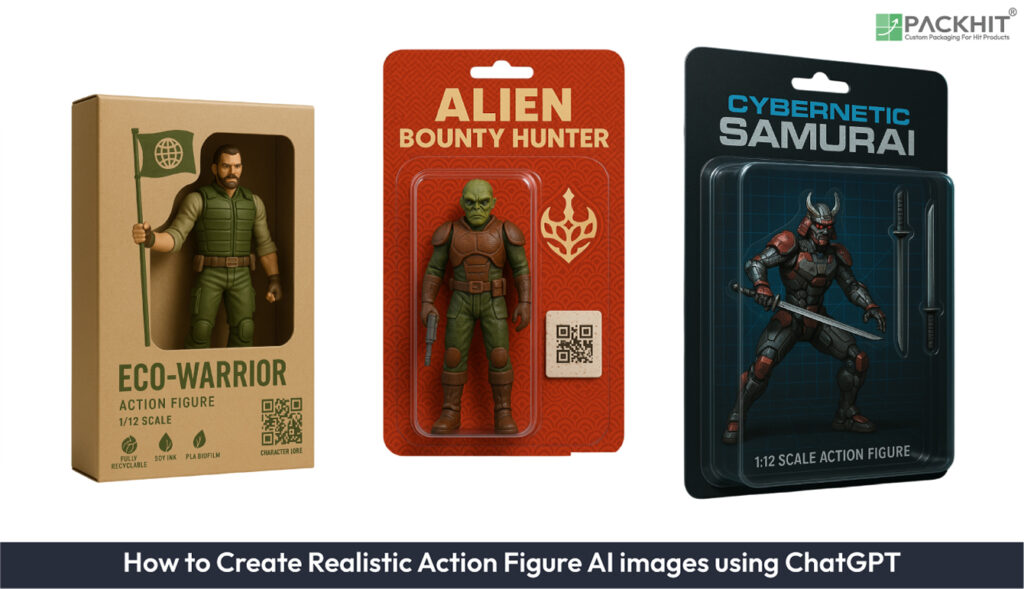Artificial intelligence (AI) has revolutionized creative industries, enabling users to generate hyper-realistic images of action figures with minimal effort. This guide provides a comprehensive, step-by-step approach to creating realistic action figure AI images using ChatGPT’s advanced image generation capabilities. From crafting effective prompts to understanding packaging considerations, this article will walk you through the entire process, ensuring your action figure designs are both visually stunning and production-ready.
- What is an Action Figure?
- How to Generate Realistic Action Figure AI Images Using ChatGPT?
- Step 1: Define Your Action Figure Concept
- Step 2: Craft Effective Prompts for ChatGPT
- Prompt 1: Blister Pack with High Shelf Appeal
- Prompt 2: Premium Collector’s Edition in Window Box
- Prompt 3: Eco-Friendly, Brand-Forward Packaging
- Prompt 4: Artistic Style and Finish for Indie Line
- Prompt 5: Sci-Fi Action Figure with Specialty Coatings
- Prompt 6: Modular, Stackable Packaging for Series Launch
- Prompt 7: Offset-Printed Box with Complex Color Layers
- Prompt 8: Digital Print Prototype with Quick Turnaround
- Prompt 9: Luxury Magnetic Closure Collector Box
- Prompt 10: Window Box with High-Gloss Finish and Thermoform Tray
- Prompt 11: Molded Pulp Sustainable Collector Pack
- Prompt 12: Flexo-Printed Blister Card for Mass Retail
- Step 3: Refine and Iterate
- Step 4: Prepare for Physical Production
- Choosing the Right Action Figure Packaging Style
- Why Does Your Action Figure Box Matter?
- From Digital Design to Physical Product
What is an Action Figure?
An action figure is a poseable figurine often based on a character from movies, comics, video games, or other media. It is designed for both play and display, appealing to collectors and enthusiasts alike. Typically made from plastic, an action figure is characterized by its detailed sculpting, articulation points, and accessories that enhance its realism and playability.
What are the Features of Action Figures?
The features of action figures include durable plastic materials like PVC (Polyvinyl Chloride) or ABS (Acrylonitrile Butadiene Styrene), articulated joints for posing, standard scales such as 12 inches and 6 inches, and accessories like weapons, clothing, or interchangeable parts.
- Material: Most action figures are made from durable plastics like PVC (Polyvinyl Chloride) or ABS (Acrylonitrile Butadiene Styrene), ensuring longevity and detail retention.
- Articulation: Points of movement, such as joints, allow for dynamic posing and play.
- Scale: Common scales include 1:6 (12 inches) and 1:12 (6 inches), though custom sizes are also popular.
- Accessories: Items like weapons, clothing, or interchangeable parts add to the figure’s appeal.
How to Generate Realistic Action Figure AI Images Using ChatGPT?
ChatGPT’s image generation capabilities allow users to create highly detailed and realistic action figure designs. By following a structured approach, you can ensure your AI-generated images meet professional standards for both digital and physical applications.
Step 1: Define Your Action Figure Concept
Start by identifying the character or theme for your action figure. Consider the following attributes:
- Character Background: Is the figure based on a superhero, a historical figure, or a custom design?
- Target Audience: Are you designing for collectors, children, or a niche fandom?
- Scale and Features: Decide on the figure’s size, articulation points, and accessories.
For example, if you are creating a superhero action figure, you might focus on dynamic poses, vibrant colors, and iconic accessories like capes or weapons.
Step 2: Craft Effective Prompts for ChatGPT
The quality of your AI-generated images depends heavily on the prompts you provide. Use clear, specific, and descriptive language to help the AI understand what you want. Below are twelve sample prompts you can use or get inspired by:
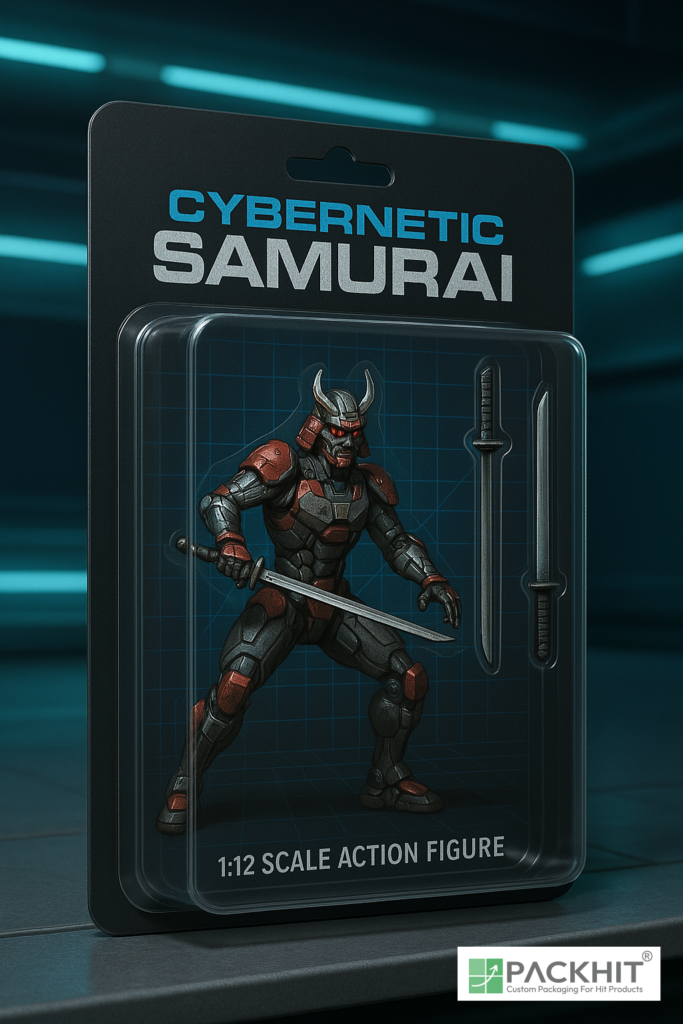

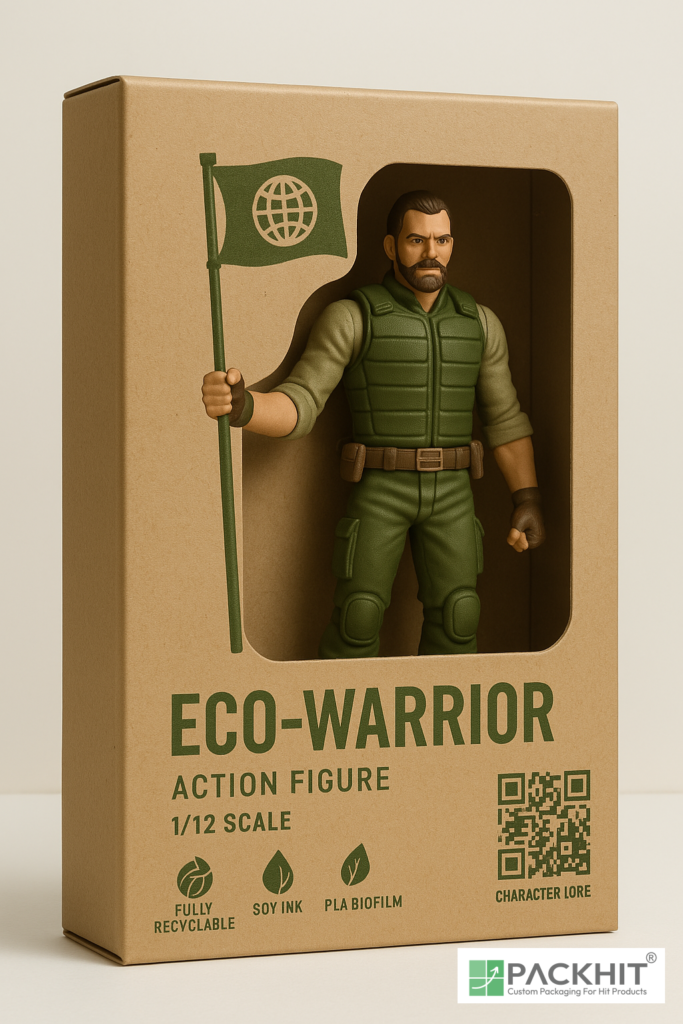

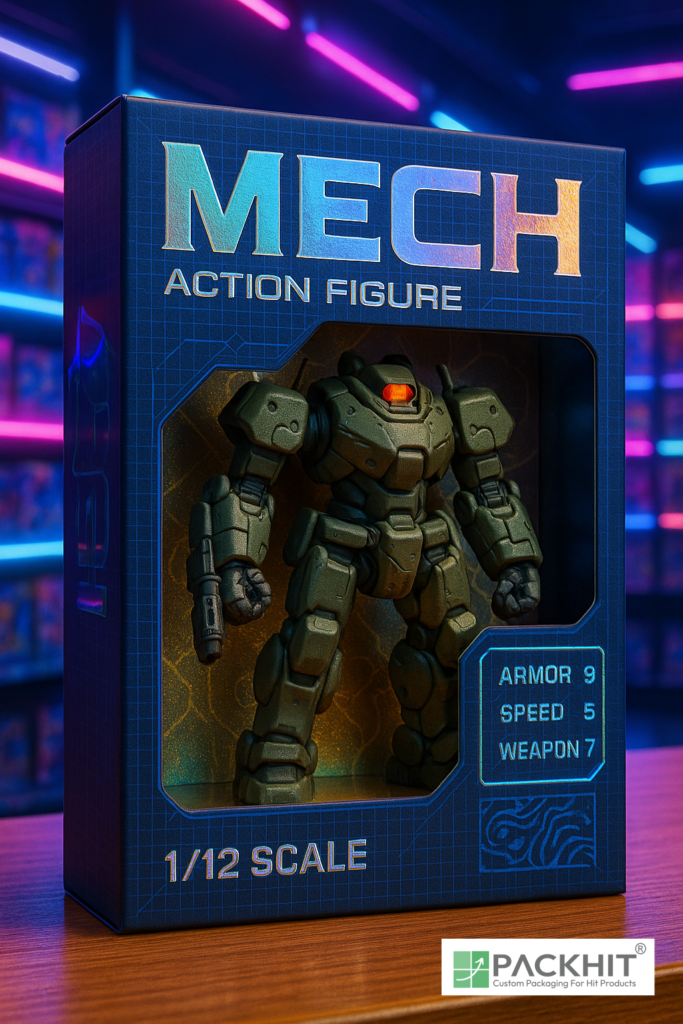


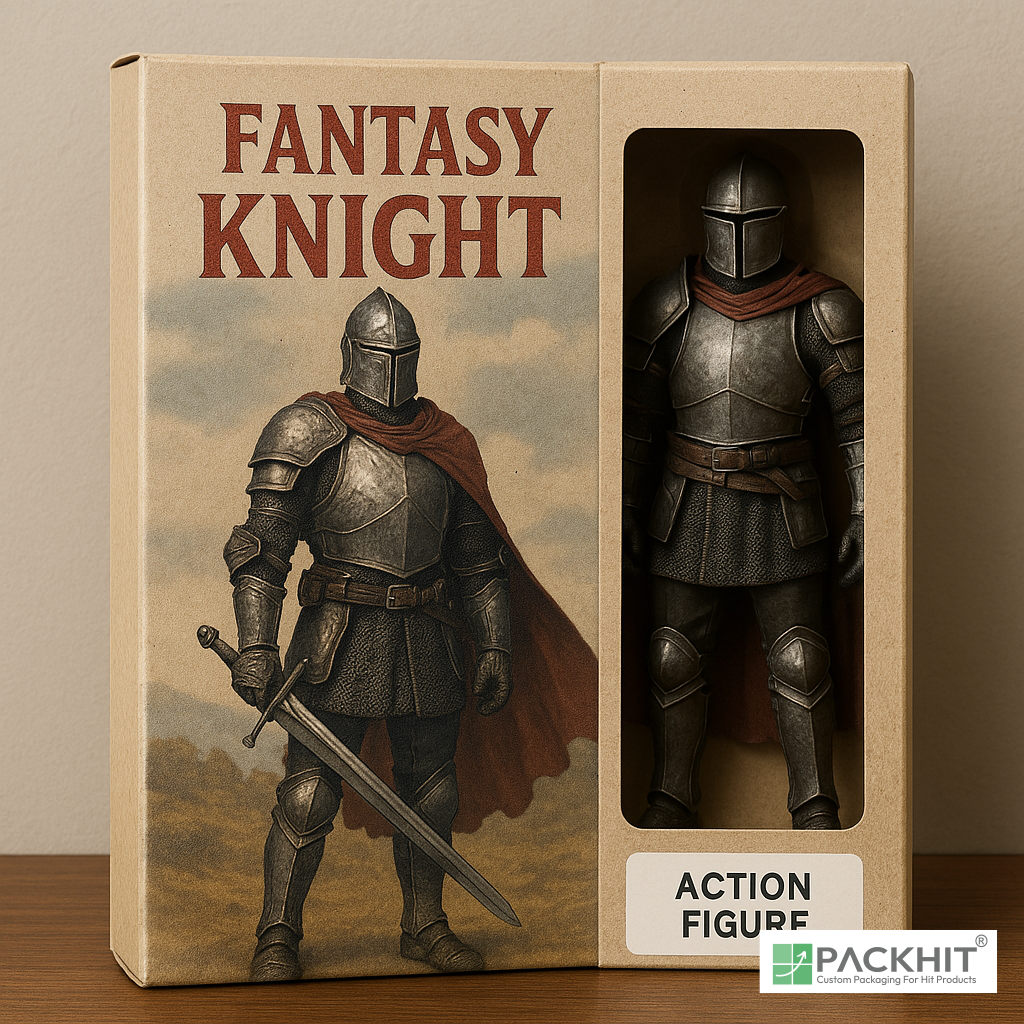




Key elements to include in your prompts:
- Character Description: Specify the figure’s appearance, clothing, and accessories.
- Articulation and Scale: Define the figure’s size and points of movement.
- Background Context: Provide a setting or theme to enhance the image’s realism.
Step 3: Refine and Iterate
AI-generated images may require multiple iterations to achieve the desired level of detail and accuracy. Use ChatGPT’s feedback capabilities to refine your prompts and adjust parameters such as lighting, textures, and proportions.
Step 4: Prepare for Physical Production
Once you have a finalized design, consider how it will translate into a physical product. This involves selecting materials, determining manufacturing methods, and designing packaging.
Choosing the Right Action Figure Packaging Style
Packaging plays a critical role in protecting and showcasing your action figure. It also serves as a marketing tool, influencing purchasing decisions. Below are some popular packaging styles:
1. Blister Packs
Blister packs feature a clear plastic shell attached to a cardboard backing. This style is ideal for displaying the figure while keeping it secure. Key benefits include:
- Visibility: Allows customers to view the figure without opening the package.
- Durability: Protects the figure from dust and damage.
2. Window Boxes
Window boxes combine a sturdy cardboard structure with a transparent plastic window. This style is popular for premium action figures. Advantages include:
- Branding: Ample space for logos, artwork, and product information.
- Display Appeal: Enhances the figure’s presentation on store shelves.
3. Custom Packaging
Custom packaging allows for unique designs tailored to your brand or character. Considerations include:
- Material Selection: Use eco-friendly materials like recycled cardboard to appeal to environmentally conscious consumers.
- Finishing Techniques: High-quality finishing methods, such as UV coating or embossing, can elevate the packaging’s aesthetic.
Why Does Your Action Figure Box Matter?
The packaging of your action figure is more than just a protective layer; it is a critical component of your product’s overall appeal. Here is why:
- First Impressions: Eye-catching packaging can attract customers and set your product apart from competitors.
- Brand Identity: Consistent packaging design reinforces your brand’s image and values.
- Collector Value: High-quality packaging can increase the figure’s value for collectors.
From Digital Design to Physical Product
Creating realistic action figure AI images is just the beginning. To bring your designs to life, you will need to collaborate with manufacturers, select appropriate materials, and finalize packaging. By following this guide, you can seamlessly transition from digital concepts to tangible products that captivate your audience.
